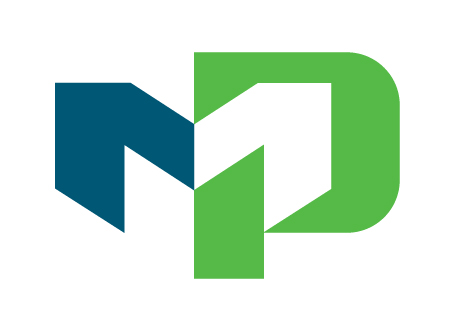Entering student loan repayment? Check out these tips!

Student loans can seem overwhelming at first, but by taking this advice and setting up a repayment strategy that works for you, you’ll master your student loans in no time!
- Don’t ignore your student loans!
Ignoring student loans can have serious consequences (and it won’t make them go away.) If you’re worried about your student loans or don’t think you can afford your payments, contact your servicer of a SALT loan counselor for help. There are many affordable repayment options-that could even mean payments as low as $0 per month.
- Set a budget.
Life after graduation gets real, real fast. To make a plan to tackle your student loans, you need to understand what money you have coming in, and what expenses you have going out. If you haven’t already, it’s important that you create a budget. This will help determine your repayment strategy. Check out the SALT course on budgeting to help you get started.
- Choose an affordable payment amount.
With the Standard Repayment Plan, the plan you’ll enter if you don’t take any action, you’ll have your loans paid off in 10 years. If you can’t afford that amount or if you need or want lower payments because you haven’t found a job, aren’t making much money, or want to free up room in your budget for other expenses and goals, you should apply for an income-driven repayment plan. Your monthly payments will likely be lower than they would on the standard plan—in fact they could be as low as $0 per month—but you’ll likely be paying more and for a longer period of time. If you choose an income-driven plan, you must provide documentation of your income to your loan servicer each year (even if your income hasn’t changed) so that your payment can be recalculated.
- Research forgiveness options.
Research forgiveness programs ASAP, as it may affect your repayment strategy. For example, if you’re interested in Public Service Loan Forgiveness, you’ll want to make sure you have the right type of loans from the get-go (which may mean you have to consolidate), and you’ll want to make sure to get on an income-driven repayment plan. Contact a SALT loan counselor for assistance!
- Sign up for automatic payments.
If you don’t like thinking about your student loans, this is a great solution! Ok, ok, so you’ll still have to think about your loans and make sure you have the money in your account to cover your monthly payments, but you won’t have to worry about missing payments, writing checks, or logging into websites every month to pay your loans manually. Sign up for automatic debit through your loan servicer and your payments will be automatically taken from your bank account each month. As an added bonus, you get a 0.25% interest rate deduction when you enroll!
- Make extra payments whenever you can (and specify how you want those payments applied).
Pay early. Pay often. Pay extra. If you want to ensure that your loan is paid off faster, tell your servicer two things. First, tell them that the extra you pay is not intended to be put toward future payments. Second, tell them to apply the additional payments to your loan with the highest interest rate. By doing this, you can reduce the amount of interest you pay and reduce the total cost of your loan over time.
- Don’t postpone payments unless you really need to.
One of the flexible repayment options the Department of Education offers is the ability to temporarily stop (postpone) your student loan payments. This is called a deferment or forbearance. While they can be helpful solutions if you’re experiencing a temporary hardship, these are not good long-term solutions. Why? Because in most cases, interest will continue to accrue (accumulate) on your loan while you’re not making payments and may be capitalized (cause interest to accrue on interest). When you resume repayment (which you will have to do eventually) your loan balance will probably be even higher than it was before. If you’re having financial trouble, why set yourself back even further by doing this? There are often better solutions available. Before choosing deferment or forbearance, ask about enrolling in an income-driven repayment plan. Under those plans, if you make little or nothing, you pay little or nothing. Additionally, with the income-driven repayment plans, you’re working toward loan forgiveness while making a lower payment.
- Take advantage of the FREE federal student loan assistance the government provides.
Each federal student loan borrower is assigned to a loan servicer (some borrowers may have more than one servicer, depending on the types of loans you have). Your loan servicer is a company that collects your student loan payments and provides customer service on behalf of the U.S. Department of Education. This is a FREE service. There are many companies out there who offer to help you with your student loans for a fee. Do not trust these companies. Remember: You never have to pay for help with your student loans. If you need advice, assistance, or help applying for one of our repayment programs, contact your loan servicer or a SALT loan counselor. They can help you for free. Just remember to keep your contact information up to date so they can reach you when they need to.
For more great blogs about student loans and Federal Student Aid, check out blog.ed.gov.




